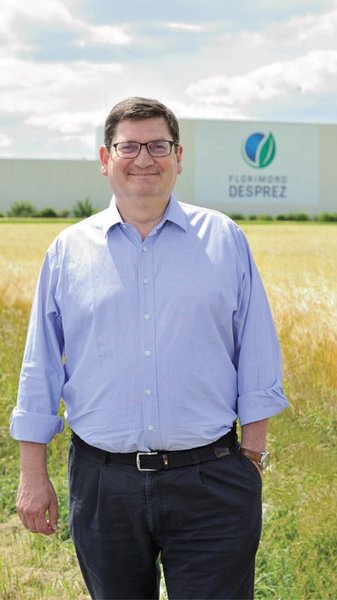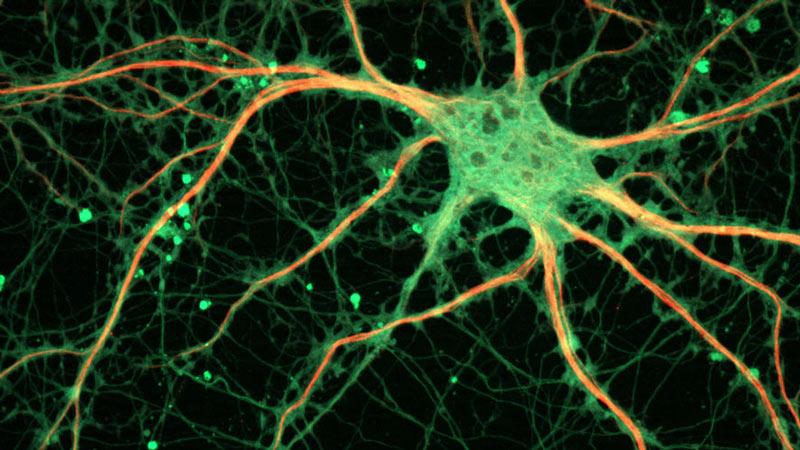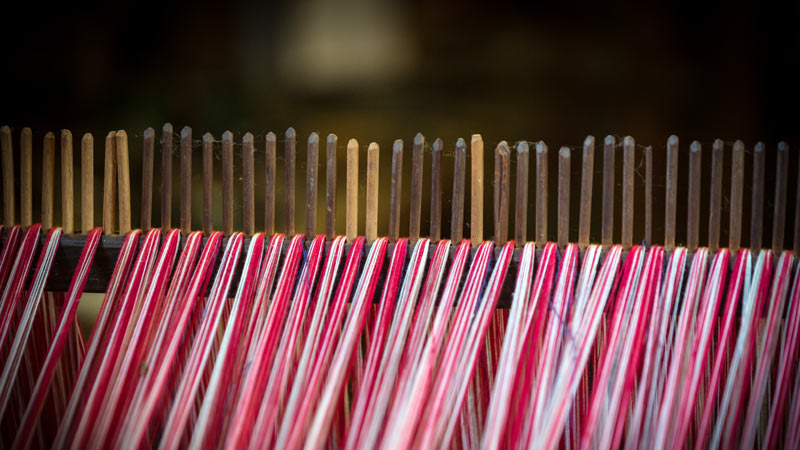From services to more advanced partnerships such as public-private research chairs, discover the different ways in which you can work with us.
Making use of a service
Services How does it work?
- Typical requests: sample production, product characterisation, tests, measurements, trials, studies, surveys, monitoring, literature reviews.
- Available resources: extensive technical facilities, equipped with state-of-the-art equipment and staff trained in its use.
- Obligation to achieve results and use material and human resources to meet the company’s specifications.
- Full costs covered by the company.
- Ownership of results by the company within the scope of the objectives set out in the service contract.
- Eligible for research tax credit (crédit d’impôt recherche; CIR).
Consultancy services
with Consulid, our team of doctoral consultants
Are you wondering how you can develop your company’s field of expertise? Do you need expert advice for a new project? Are you looking to give your projects a boost with new, dynamic and innovative staff? The Consulid team can offer you a range of services: technology watch, feasibility studies, innovation audit and consultancy, technical support, training, etc.
Working with our laboratories
Short-term collaborations
Research contracts
9 to 18 months on average
- Carrying out a research, development and innovation (RDI) project.
- Typical projects: improving existing products by integrating new technologies and new functions, designing and developing innovative products.
- Creating intellectual property.
- Eligibility for research tax credit (crédit d'impôt recherche; CIR).
- Possibility of setting up a framework contract if working with the company on a regular basis.
Collaborative research projects
12 to 48 months on average
- Projects submitted in response to regional, national or European calls for projects.
- Creating intellectual property.
- Signing of a consortium agreement between the partners setting out confidentiality clauses, sharing of intellectual property, exploitation of results and dissemination measures to be taken if publicly funded.
Assigning a research project to a doctoral student
36 months
- Supervision of the thesis by the research laboratory.
- Signing of a company support contract setting out the financial framework, management of intellectual property and exploitation of results at the end of the thesis.
- If he/she is an employee, the doctoral student is eligible for the CIR based on the same criteria that would apply to any researcher working in a company.
Industry-funded PhD programme (Convention industrielle de formation par la recherche; Cifre)
Create and structure a joint research team together
Labcom and joint teams
The aim of these schemes is to establish long-term bilateral partnerships, focusing on a specific theme, between those involved in university research and SMEs/ETIs (intermediate-sized entreprises). They take the form of joint actions taken by companies and academic laboratories, based on research, to ultimately produce economic, scientific and societal value.
The joint laboratories are national (Agence nationale de la recherche − ANR), while the joint teams are regional (Hauts-de-France). With the help of the ANR or the support of the regional council, resources are allocated to the laboratory to enable it to establish and strengthen its partnership with the company and ensure that the roadmap is followed smoothly. The two parties sign a framework contract setting out how they will work together (continuity, intellectual property, etc.).

Bruno Desprez
“Our own research needs to be stimulated by others, so collaboration is essential. A joint laboratory allows us to go further than the sum of our projects, and to develop a real thematic area in which projects that we don’t yet know about will emerge.”
Examples of
joint laboratories and teams
Anticipating how electrical installation materials will age EM2VM (with EDF)
Created in 2008, this joint laboratory is the result of a collaboration with EDF R&D that began some fifteen years ago, examining how materials used in EDF’s electricity generation facilities age. The research carried out by these three entities is recognised worldwide.
- Name : Study and modelling of materials ageing mechanisms (EM2VM)
- Type: Joint laboratory
- Company: EDF
- Laboratory: Materials and Transformation Unit (Umet) and Materials Physics Group (GPM)
- Contact: Charlotte Becquart charlotte.becquart@univ-lille.fr
Innovative dairy foods AlLInPep (with Ingredia)
In response to the growing demand for food proteins, Prospérité Fermière Ingredia and the Charles Viollette Institute set up the AlLInPep joint research team in December 2017, with the support of the regional council. This collaboration will enable the development of skills, recognised at national and international level, in the hydrolysis of ‘ noble ’ food proteins for the production of ‘clean label’ peptide hydrolysates with functional and biological properties for the nutrition, specialised dietetics, cosmetology and health markets. By speeding up research into dairy peptides, the joint team is developing new processes, products and peptide ingredients for specialist foods.
- Name : Aliments laitiers innovants et peptidiques (AlLInPep)
- Type : Joint laboratory-company team
- Company : Prospérité Fermière Ingredia
- Laboratory : Charles Viollette Institute/BioEcoAgro
- Contact : Rozenn Ravallec rozenn.ravallec@univ-lille.fr
A few examples
Neuromorphic architectures for video protection ANVI-Luxant

This chair will explore automated video protection image processing systems. It will focus mainly on two applications (detecting abnormal behaviour on transport and theft in shops).
Scientifically, it will use a new type of artificial intelligence. Conventional technologies use ‘deep learning’ artificial neural networks. But these methods, which need to be trained on a very large amount of data, have several drawbacks: they require human intervention and considerable computing capacity, consume a lot of energy, and are vulnerable to certain types of cyber-attack.
The solution that the Chair will explore is using other types of neural network (known as impulsive neural networks), which more closely resemble real biological networks. They allow us to envisage autonomous surveillance cameras capable of adapting to their environment. Several Lille-based teams are pioneers in these technologies.
- The chair is being set up in collaboration with several entities of the Luxant group, world leader in private security, and the i-Trans cluster.
- Laboratories: CRISTAL, SCALAB, IEMN
- MEL/I-Site Chair
*Image: ZEISS Microscopy from Germany [CC BY 2.0], via Wikimedia Commons
Circular mode Tex & Care

Faced with the major environmental and social impacts of the textile industry, the world of fashion is in the process of reinventing itself and moving towards more virtuous economic models. Tex&Care, the Chair in Circular Fashion, aims to help and support all those involved in the industry, from manufacturers to consumers, to move towards more sustainable fashion.
Photo: Claude Truong-Ngoc / Wikimedia Commons - cc-by-sa-3.0
Developing your innovative business project
With Cré'Innov, the university incubator
![[Translate to English:] Un bâtiment gris sombre et orange, plutôt géométrique, avec une étendue herbeuse au premier plan](/fileadmin/_processed_/b/f/csm_csm_batiment-ruche-entreprise-et-creinove-2683-v2_7de6373643_47c1c73722.jpg)
Cré'Innov promotes and develops the creation of innovative companies in partnership with the university. It provides support at every stage of the start-up process, including personalised coaching, the search for funding, accommodation and networking. It actively collaborates with the Hauts-de-France innovation parks (Euratechnologies, Eurasanté, Plaine Image, etc.) and works closely with the technology transfer accelerator SATT Nord.
260
supported projects
89
incubation projects
